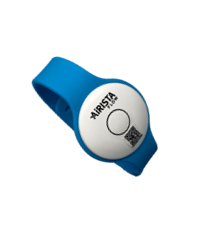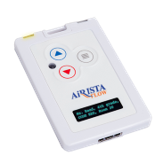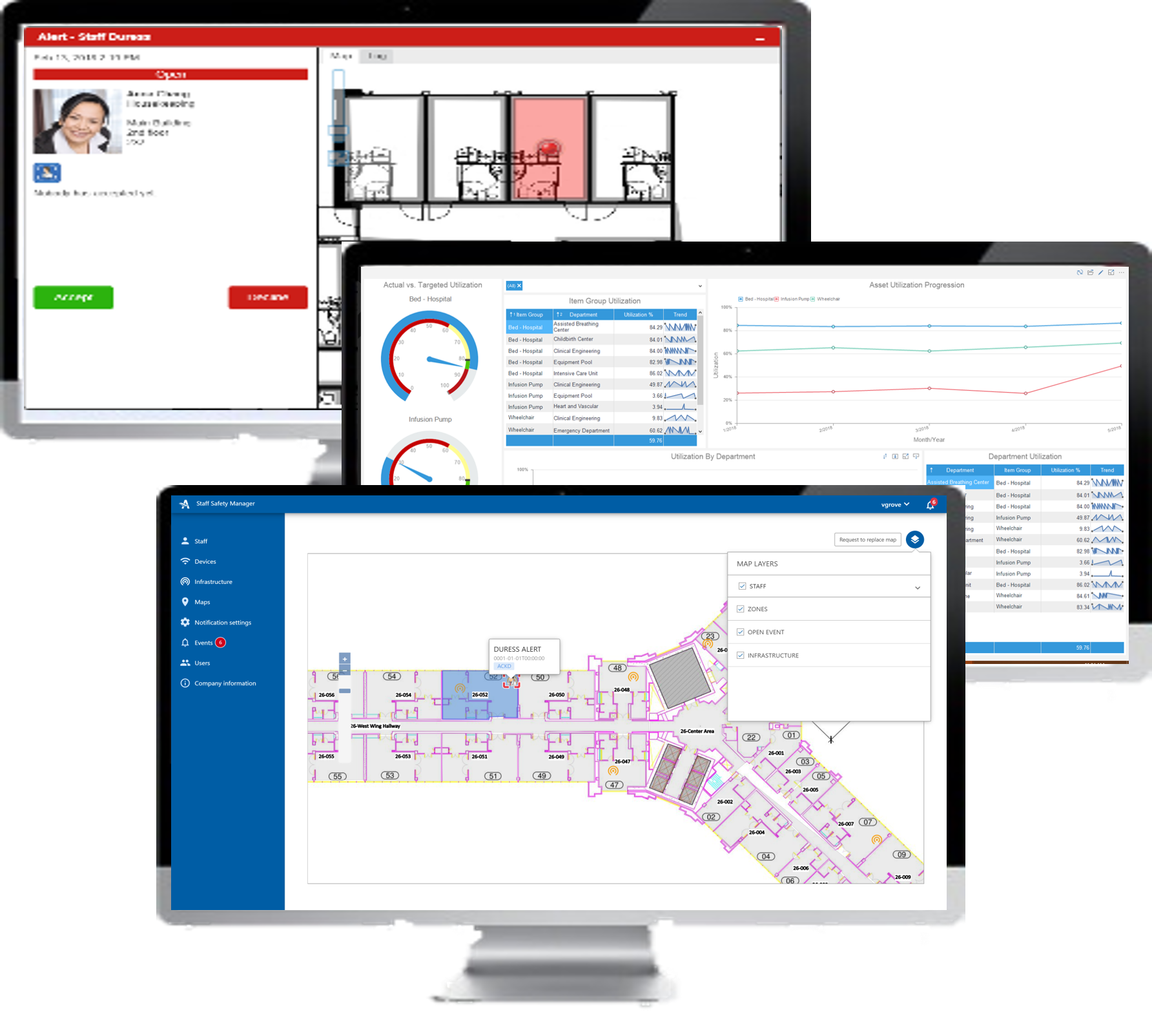Patient Flow Management – Flow Management Devices
Awareness of Patient Flow in Hospitals Increases Due to the Pandemic
A system-wide view of patient flow is required to address the bottlenecks in healthcare delivery. Take the emergency department (ED) for example. Backups in the ED can result in diversions, abandons, and delays. This reduces revenue opportunities and a decline in patient outcomes. Because the ED is one part of the entire delivery chain, the problem must be addressed across the hospital delivery chain. Symptoms of bottlenecks include;
- Mismatch in bed capacity or clinical resources
- Inefficient processes for transferring patients between units and patient discharge
- Wait times to transfer patients to long term care facilities
- Patients with mental heath conditions waiting for an opening in community mental health facilities
- Patients being cared for in off-service units
Without a system view of the problem, healthcare providers get stuck in the trap of solving flow issues at individual delivery points resulting in suboptimal solutions that miss the full opportunity.
The influx of severely ill COVID patients has been a test of patient flow processes. With ICU units overflowing, process flows should be reconsidered to help ensure the right staff with the right skills are available, and equipment like respirators are staged in anticipation of a surge. Looking at opportunities downstream can help reduce bottlenecks like rescheduling elective surgeries or the use of telemedicine in lieu of onsite visits. The stress test COVID has created is an opportunity to reflect on patient flow holistically for areas of improvement in response to staff and equipment shortages.
Basics of Patient Flow
Patient flow boils down to delivering the right care to the right patient at the right time. Studies have qualified the negative effects of poor flow. Chalfin and colleagues studies ICUs across 90 US hospitals and found that delays in transfers to the ICU resulted in higher mortality rates and longer hospital stays.[1] They found in-hospital mortality was 17.4% for delays of 6 hours or more. Patients transferred to the ICU in under 6 hours experienced a 12.9% mortality rate.
RTLS is a technology approach to complement patient flow monitoring and analytics. Patients are given tags worn on wrists or clipped to clothing. The tags use sound, light, or more recently, radio energy which is detected by receiving devices. The receiving devices are at known fixed locations and provide a location reference as the tags move through the environment. Wi-Fi radio signals have the advantage of using the access points already deployed in the hospital. As these access points support Bluetoooth® Low Energy, the tags can use BLE radios which are cheaper and offer longer battery life.
RTLS tags give clinicians real time insight to the location of patients, wait times, occupancy levels and provide a historic path of the patients’ journey. When combined with other applications, hospitals can respond in real time to surges, equipment location, clinician availability, and downstream activity that might help mitigate constraints upstream. With a powerful software platform like AiRISTA’s Unified Vision Solution, analytics can be applied to spot trends in patient wait times, patient occupancy levels, and staff availability.
Because many RTLS patient tags have buttons, like the AiRISTA A1 tag, patients can generate notifications to indicate when they have arrived at a destination like the phlebotomy lab to have blood drawn. These automated interactions not only improve efficiency but reduce the number of opportunities to transmit infections.
 More sophisticated tags like the AiRISTA B4n tag have a text display to provide instructions to patients and clinicians. Sending an alert to the tag with text descriptions of their next stop provides mobility for patients allowing them to avoid crowded waiting areas and make stops at the pharmacy, for example, to expedite their hospital visit. Memorial Sloan Kettering Cancer Center for example gives a badge to a caregiver or family member who might come with the patient so that we can let them stay where they are comfortable, and we can approach them without having to call out the patient’s name in a waiting area.
More sophisticated tags like the AiRISTA B4n tag have a text display to provide instructions to patients and clinicians. Sending an alert to the tag with text descriptions of their next stop provides mobility for patients allowing them to avoid crowded waiting areas and make stops at the pharmacy, for example, to expedite their hospital visit. Memorial Sloan Kettering Cancer Center for example gives a badge to a caregiver or family member who might come with the patient so that we can let them stay where they are comfortable, and we can approach them without having to call out the patient’s name in a waiting area.
Making the Most of Your RTLS Investment Beyond Patient Flow
Once deployed, RTLS technology provides benefits complementary to patient flow. Daniel Stein, MS, PhD, of Memorial Sloan Kettering Cancer Center uses RTLS in other creative ways in his role as director of informatics and innovation.
- When an alarm sounds in a patient room, automatically turn it off when the responding clinician arrives wearing a tag
- When a clinician enters a patient room, the name and role of the clinician is displayed on monitor in the patient’s room to help distinguish the many people attending to the patient
- Update family members in the waiting area of the progress of their loved one through the operating process. Because we know when the patient moves from the OR to recovery, for example, the status is updated on a display automatically.
- Locating equipment like wheelchairs can expedite a patient’s discharge. Similarly, equipment requiring maintenance can be located, services and returned to the floor to increase equipment utilization.
How to get started
The Institute for Healthcare Improvement (IHI) created a whitepaper “Achieving Hospital-wide Patient Flow”.[2] The IHI’s 2-decade analysis of patient flow recommends a multifunctional team approach to patient flow improvement that takes a view of the hospital from end to end. “The key to execution is to plan and deploy a hospital-wide patient flow strategy. No single initiative or set of unaligned projects is enough to produce system-level results.” The white paper outlines 4 key execution strategies to improve patient flow.
- Provide Oversight of System-Level Performance. For lasting change, the contributing teams need support and guidance from the executive staff to ensure cooperation across all of the effected departments.
- Use Hospital-wide Flow Measures to Guide Learning and Improvement to Achieve Results. Create agreed to metrics by which improvement is measured. This can include metrics like the percent of patient days with flow delays, or percentage of available capacity.
- Create a System for Achieving Breakthrough Performance Improvement. Develop a portfolio of improvement measures, resource appropriately, and bring lessons learned back into the broader organization.
- Build Quality Improvement Capability at All Levels of the Organization. Success depends on qualified and committed individuals at the various levels of the organization.
 To position technologies like RTLS at the center of your patient flow initiatives, consider vendors with an end-to-end solution that addresses a range of use cases. Remember, these platforms must aggregate insights from across the enterprise into a combined view of performance including all points of healthcare delivery in the hospital. .
To position technologies like RTLS at the center of your patient flow initiatives, consider vendors with an end-to-end solution that addresses a range of use cases. Remember, these platforms must aggregate insights from across the enterprise into a combined view of performance including all points of healthcare delivery in the hospital. .
[1] Chalfin D, Trzeciak S, Likourezos A, Baumann BM, Dellinger RP; DELAY-ED study group. Impact of delayed transfer of critically ill patients from the emergency department to the intensive care unit. Critical Care Medicine. 2007;35(6):1477-1483.
[2] Rutherford PA, Anderson A, Kotagal UR, Luther K, Provost LP, Ryckman FC, Taylor J. Achieving Hospital-wide Patient Flow (Second Edition). IHI White Paper. Boston, Massachusetts: Institute for Healthcare Improvement; 2020.





